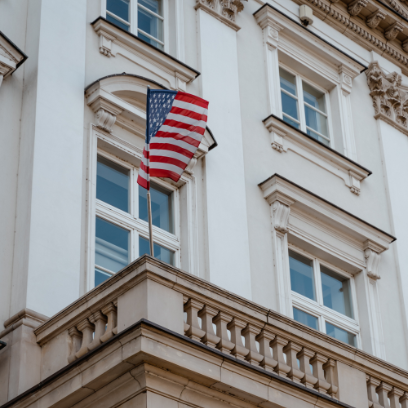assive DAS can be a cost-effective part of your local government communications strategy. This wireless technology provides a favorable balance of cost and benefits. The low investment and relatively quick installation time balance well with the improved wireless network access for all users.
Virginia Is for Boosted Wireless
Communications for local government can be a complicated set of needs and requirements. While conventional landline voice and data networks may serve agencies and departments well as a whole, there will always be those locations that are vital to civic operations, but which somehow fall into the dead zone for communications.
Government buildings that have RF blind spots lose their utility as so much work depends on immediate availability. Installing passive DAS is a solution that dramatically boosts poor wireless signal reception in buildings. It might be because the preferred service provider has not cabled the area or that some fluke of geography has cut off line-of-site wireless services.
Virginia is particularly prone to geographic signal interruptions. The rolling hills and ridgelines that are the foundations of the state’s beauty also reduce the range of wireless cell towers in many locations. Wireless has become a versatile solution, but one that’s dependent on signal strength. Employees bring their own devices, contractors need to be contactable onsite, and citizens expect to have good signal strength while visiting government buildings.
The Distributed Antenna Options
There are two types of Distributed Antenna Systems (DAS): Active and Passive. Active DAS is a large-scale system that has the power to handle traffic across large outdoor areas and extended campuses. However, it is an expensive solution and not suitable for single building use.
The time to install active DAS systems is much longer, stretching into months, which could cause significant disruption of daily business. It does have advantages when applied on a large scale. On campuses with more than 500K square feet of space, this might be a good long-term choice.
The cost to install and lost productivity associated with active DAS will weigh heavily on constrained budgets. The delays mostly come from the need to seek approvals from each carrier network and any the process to gain internal approval from the responsible departments within the local government itself.
The Distributed Antenna Options

Passive DAS systems are designed for situations where cell tower RF signals are too weak for user devices to function. It is a bi-directional amplified system that acts as a relay between wireless network towers of service providers and their customers in the affected area. This is an ideal solution when your public building has poor RF characteristics.
This type of system consists of an external donor antenna that exchanges voice and data signals with wireless network towers. Users exchange signals with inside broadcast antennae that are placed to cover the shortcomings of interference within the building. In between is an amplified wired network that boosts RF signals by up to thirty-two times the original strength.
When the cost of acquisition is a primary driver in the selection process, passive DAS will extend tight local government budgets and minimize the disruption during and the installation process. Installation of a passive DAS network takes weeks rather than months.
This DAS option does have drawbacks. For example, achieving comprehensive building coverage can be a challenge, and some small areas may suffer from poorer coverage. However, the overall improvement will be dramatic and carry a much more reasonable price tag than other signal boosting options.
Agnostic Cellular Enhancement with Passive DAS
The passive system has the advantage that it is carrier-agnostic, it does not matter which telecoms provider is involved, users get the signal strength boost that gives them access to their data and voice devices. It eliminates a portion of the approval process that takes up so much of the time required to activate active DAS.
Once you install the passive DAS solution, your employees and visitors can use their 3G and 4G LTE devices without disruption. While the area of coverage is limited to less than 100,000 square feet adding additional units can extend the scope.
Concluding Statement
So much of modern life in American culture depends on instant access to wireless networks. Without the signal boosting abilities of passive DAS, any RF shortcomings become quickly apparent.
Wireless devices have become such necessities that poor connections can lead to lost work time, complaints, and public ridicule. With passive DAS installed, officials at work, contractors, and citizens get on with life unaware of the dedicated systems and intelligent purchase decisions that local governments take on their behalf.

